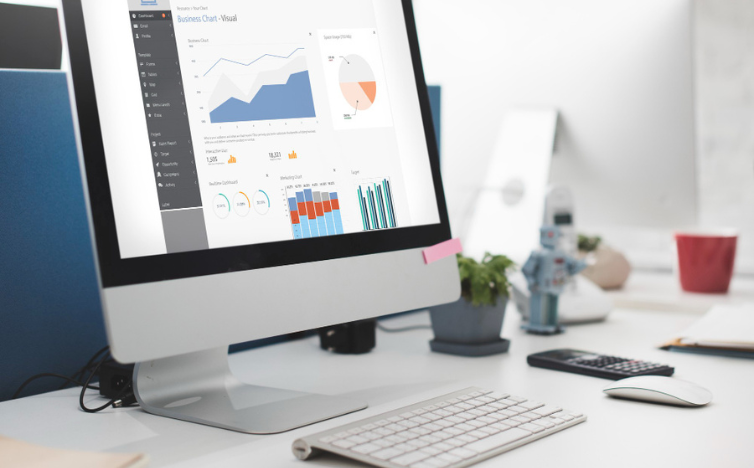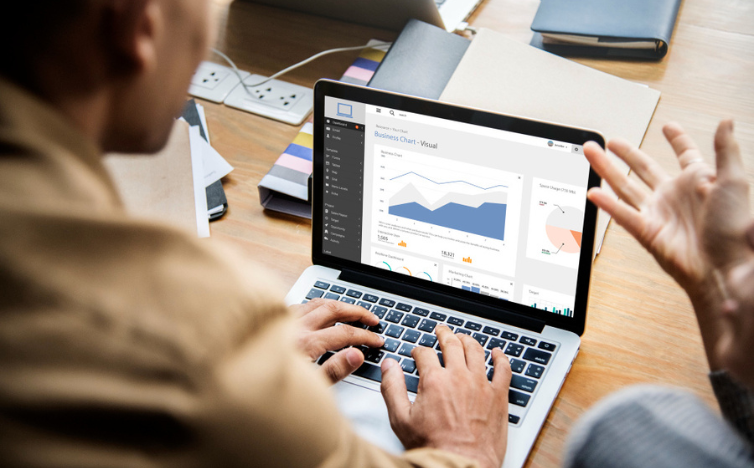In the bustling online marketplace, knowing how to drive website traffic is a fundamental skill. However, just attracting visitors isn’t enough. Understanding who these visitors are, how they found your site, and what they do once they arrive is what separates successful digital strategies from the rest. This is where website traffic analysis tools shine. They provide the data and insights necessary to refine your digital presence, build a loyal following, and convert ‘just visitors’ into ‘valued customers.’
Table of Contents
The Land of Digital Footprints: Why Website Traffic is King
Imagine your website as a bustling city, and the traffic as the citizens who roam its digital streets. Each of these visitors leaves a ‘footprint,’ from the moment they arrive via a search engine or link, to the path they take through your site, the content they engage with, and eventually, the action they take or the product they purchase. This data isn’t just numbers; it’s your users’ behavior, and it’s invaluable. By using traffic analysis tools, you can transform these footprints into insights that fuel your website growth strategy.
Unlocking the Power of Comprehensive Understanding: How Traffic Analysis Tools Benefit Users
The advantages of using traffic analysis tools are numerous and invaluable. Here are some key advantages that users, regardless of their skill level, can enjoy:

Refining SEO Strategies
These tools can show you which keywords are driving traffic to your site and help identify which ones should be the key focus of your SEO efforts. They also allow you to understand how you rank against competitors.
Content Performance Evaluation
By tracking the performance of various pieces of content, from articles and blogs to videos and infographics, You can identify the content types that connect with your audience and those that do not.
Conversion Funnel Optimization
Analyzing traffic patterns can highlight where in your sales funnel you’re losing potential customers. By addressing these gaps, you can turn more of your visitors into buyers.
Streamlining Marketing Campaigns
Whether you’re running Google Ads, social media marketing, or email campaigns, These tools can help you figure out which places are bringing in the best visitors, so you can decide where to spend your money.
Learn More: How Can AI Enhance Social Media Ad Personalization?
User Behavior Insight
Understanding how users interact with your website can help you fine-tune your site’s layout, content, and user experience to increase engagement and conversions.
Making Data-Driven Decisions: Examples of Traffic Insight Applied
It’s one thing to gather data, but another entirely to apply it effectively. By understanding the details behind your website traffic, you can make impactful changes that enhance your digital presence.
Reducing Bounce Rates
A high bounce rate indicates that visitors are leaving your site without interacting further. By evaluating the page content and user behavior, you can determine what might be turning visitors away.
Enhancing User Experience
Traffic analysis tools help to identify points of frustration within your site. For example, if a significant number of users drop off on a particular form page, there may be an issue with the form’s user-friendliness.
Improving Content Strategy
Examining which pages attract the most traffic can guide your content strategy. You can then create more content similar to these high-traffic pages to meet the demands of your audience.
E-Commerce Checkout Optimization
For online shops, knowing why customers leave their shopping carts is important. Is it because of expensive shipping, limited payment choices, or a complex checkout? The data can tell you.
The Road to Conversion: A Paved Path to Success Through Analysis
Bringing lots of people to your website is great, but if they don’t buy anything, it doesn’t really help.By using the right tools and strategies, you can pave the way to higher conversion rates and, ultimately, greater success.

Continuous Monitoring and Adjustment
The online world is always changing, and so are the people who visit your site. You need to keep an eye on things and change your plans based on what you see happening, so you can do well.
A/B Testing
A/B testing different variations of your webpages can provide concrete data on what design or content elements lead to higher conversions, informed by traffic analysis.
Retargeting Campaigns
Using information about how people act online, you can create ads that show up for people who visited your site but didn’t buy anything yet. This can help bring them back to your site and encourage them to make a purchase.
Mobile Optimization
With more web traffic coming from mobile devices than desktops, understanding how your mobile traffic behaves and optimizing for their specific needs is crucial.
Conclusion
When you use traffic analysis tools, you’re not just looking at numbers. You’re finding out a lot of useful information that can help you decide what to do with your online business. You can see where your visitors come from and how they decide to buy things. This information is like a map that shows you how to do well. Don’t be afraid to try new things, ask questions, and most importantly, look at the data. Your website is ready to get better, and you have the tools to make it happen.
FAQS
What is a good website traffic volume?
The ideal traffic volume for a website can vary depending on factors such as its niche, the conversion rate, and the quality of the traffic. A high number of visitors doesn’t necessarily equate to success if they don’t engage or convert.
How do I know if my website traffic is qualified?
A qualified visitor is one who is more likely to engage with your site and convert. You can determine this by analyzing their behavior — do they spend time on pages, click on CTAs, and return frequently?
Can traffic analysis tools prevent my site from breaking down due to high traffic loads?
Even though some tools aren’t specifically made for keeping your website running smoothly, they can still warn you if there’s a lot more people visiting your site than usual. This gives you a chance to fix any problems before they cause trouble.
What’s the one thing I should focus on when I’m just starting with traffic analysis?
Start with understanding where your traffic is coming from and how it behaves on your site. This will guide you in the right direction for optimization.
How do paid traffic sources stack up against organic ones?
While paid traffic can provide quick results, it also requires continuous investment. Organic traffic, though slower to grow, often leads to higher-quality and more consistent visitors over time.




